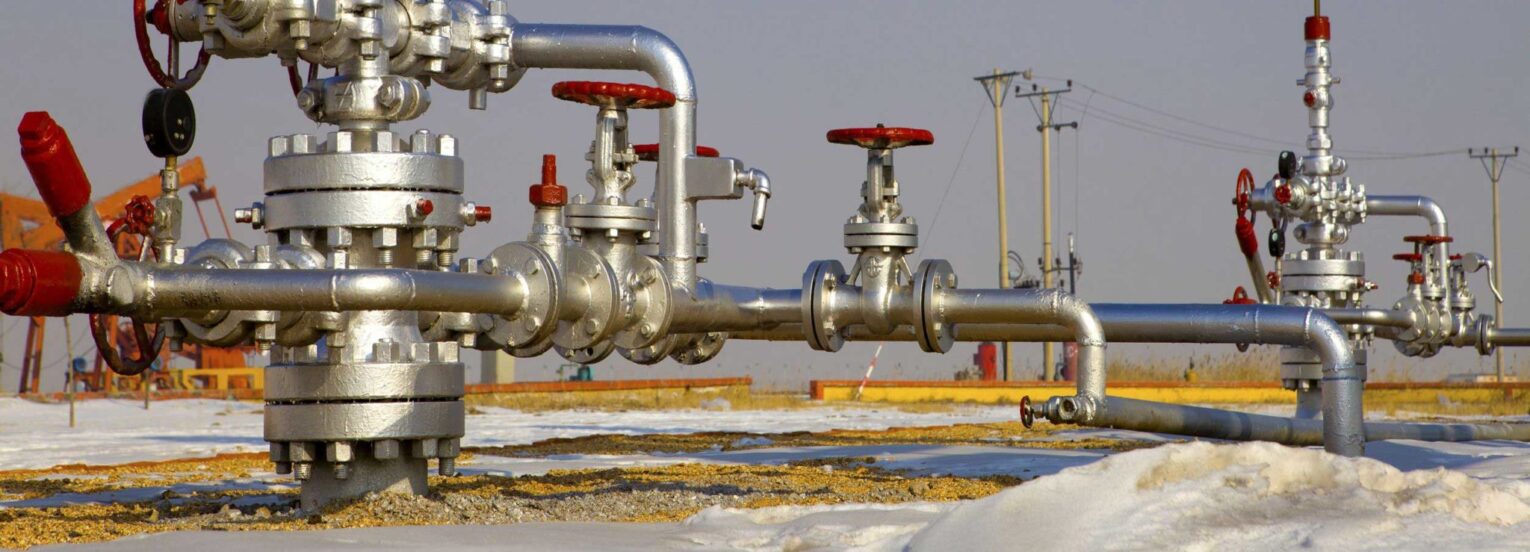Natural gas has become an integral part of the global energy system in recent decades. It is seen as a cleaner-burning alternative to coal and oil and plays a key role in energy security for many nations. However, one major technical challenge associated with producing and transporting natural gas is hydrates—semi-crystalline structures that form when water combines with gas molecules under certain temperature and pressure conditions. Hydrates can block pipelines and damage equipment if allowed to accumulate. This is where hydrate inhibitors play a crucial role in managing hydrates and enabling the safe flow of natural gas.
What are Gas Hydrates?
Gas hydrates are crystalline solids formed when gas molecules become trapped within the latticed structure of ice. The specific gas molecules that combine with water to form hydrates are those used as natural gases—predominantly methane but also ethane, propane, and butane. Hydrate crystals form under low-temperature and high-pressure conditions typical of deepwater oil and gas production and transportation infrastructure.
Hydrate Accumulation Risks
If left unmanaged, Hydrate Inhibitors can rapidly accumulate within pipelines and equipment used for production offshore platforms and deep-sea drilling rigs over time. This buildup reduces the internal diameter of pipes restricting flow. In severe cases, it can lead to complete blockages halting operations. Accumulated hydrates also pose integrity risks to equipment and infrastructure from increased surface loading stresses. Production shutdowns and repairs result in lost revenue while posing HSE risks to personnel working to dissolve and clear blockages.
The Role of Hydrate Inhibitors
To prevent hydrate accumulation forming during the production, processing, and transportation of natural gas, hydrate inhibitors are injected into pipelines and systems. Hydrate inhibitors work by modifying the physical and chemical conditions required for hydrates to form and stabilize. There are four main categories of hydrate inhibitors used in industry:
Thermodynamic Inhibitors
These function by lowering the chemical potential of the hydrate forming gas molecules, essentially shifting the hydrate formation boundary to lower pressures or higher temperatures. Common thermodynamic inhibitors include methanol, ethanol, ethylene glycol and their derivatives. They provide long-term inhibition allowing for continuous gas flow.
Low Dosage Inhibitors
These high performance chemicals only require low dosage rates yet provide powerful inhibition. Examples include polymer and glycol derivatives that maintain a hydrate safe operating window with minimal chemical use. They are particularly suited to deepwater and Arctic applications where space and weight are constrained.
Kinetic Inhibitors
Rather than shifting equilibrium boundaries, kinetic inhibitors work by slowing down the rate of hydrate nucleation and growth through an anti-agglomeration effect on hydrate particles. Common types are amino alcohols and polyamines. These are often used as a secondary layer of protection with thermodynamic inhibitors.
Surfactant-Based Inhibitors
Surfactant chemicalslower interfacial tension between hydrate forming gas/water phases making hydrate formation energetically unfavorable. Examples include alkyl polyglycol ethers applications in produced water re-injection scenarios.
Monitoring and Dosing Hydrate Inhibitors
To ensure continuous effective inhibition, operators carefully monitor inhibitor concentrations within pipelines and process equipment using online analyzers. Dosing hydrate inhibitor chemicals is usually via automated injection quills that maintain required residual inhibitor levels even as gas composition changes over time. In high-risk deepwater projects, multiple injection points may be installed along subsea pipe-in-pipe risers and flowlines as an added mitigation measure.
Laboratory Testing and Inhibitor Selection
With many inhibitor chemistries available, careful laboratory testing is required to select the right product for each specific gas stream and process conditions. Parameters evaluated include temperature/pressure hydrate formation envelope in the presence and absence of inhibitor, inhibitor demand, compatibility with pipelines and production chemicals, toxicity, and degradation properties. Full-scale flow loop testing then validates field performance before deployment in live systems.
Future Outlook
As gas reserves located in more extreme offshore and high-latitude areas are developed, hydrate management challenges will intensify. Emerging geographies like the Arctic will rely heavily on low dosage, specialist inhibitors. Innovation is ongoing to develop even more efficient thermodynamic and kinetic inhibitors requiring ultra-low treat rates. Alternative technologies like thermal inhibition using electrical heating is also being explored. Looking ahead, hydrate inhibitors will remain indispensable for enabling the continued growth of natural gas as an engine of energy security and economic progress worldwide.
*Note:
1. Source: Coherent Market Insights, Public sources, Desk research
2. We have leveraged AI tools to mine information and compile it

